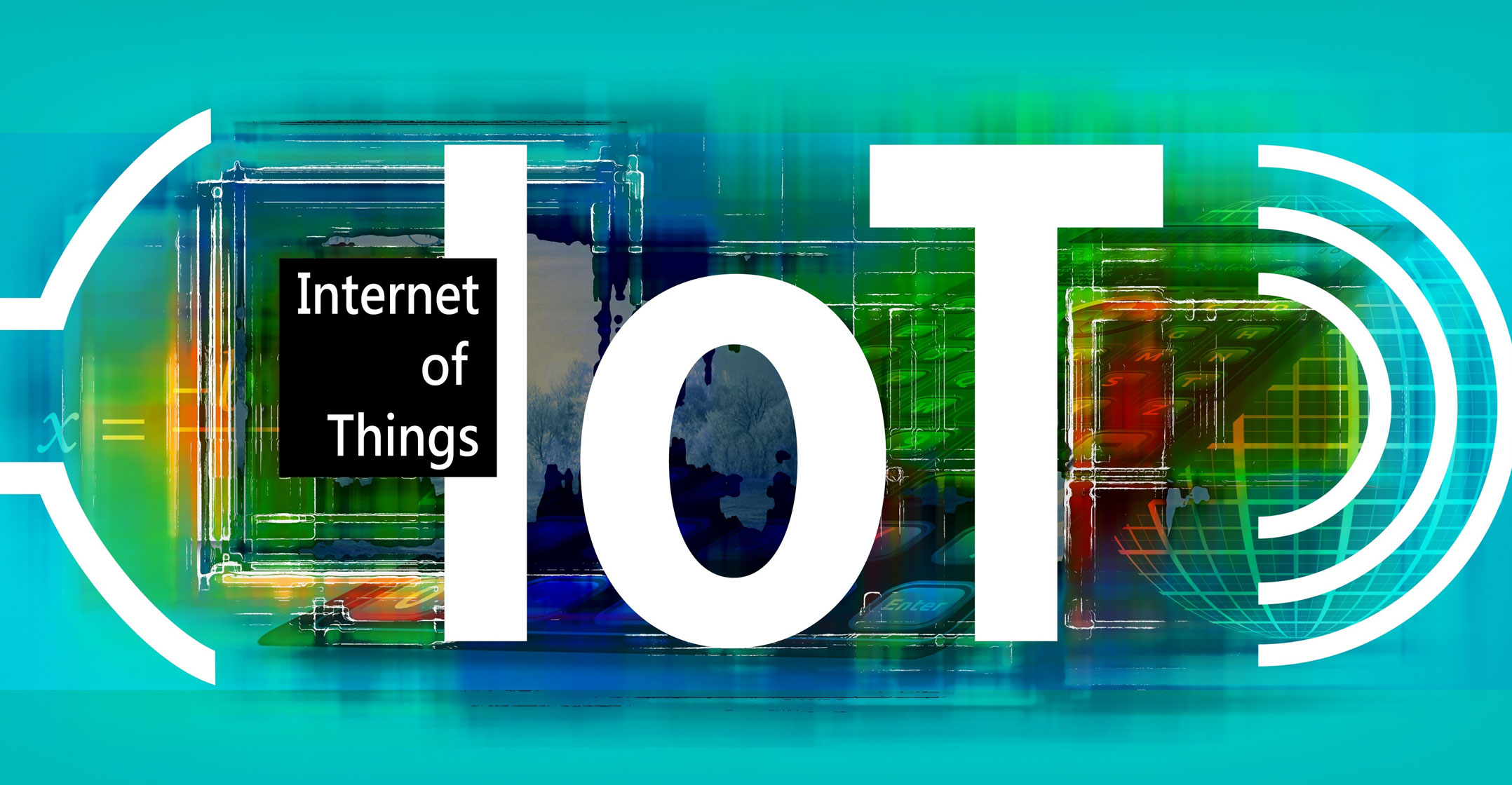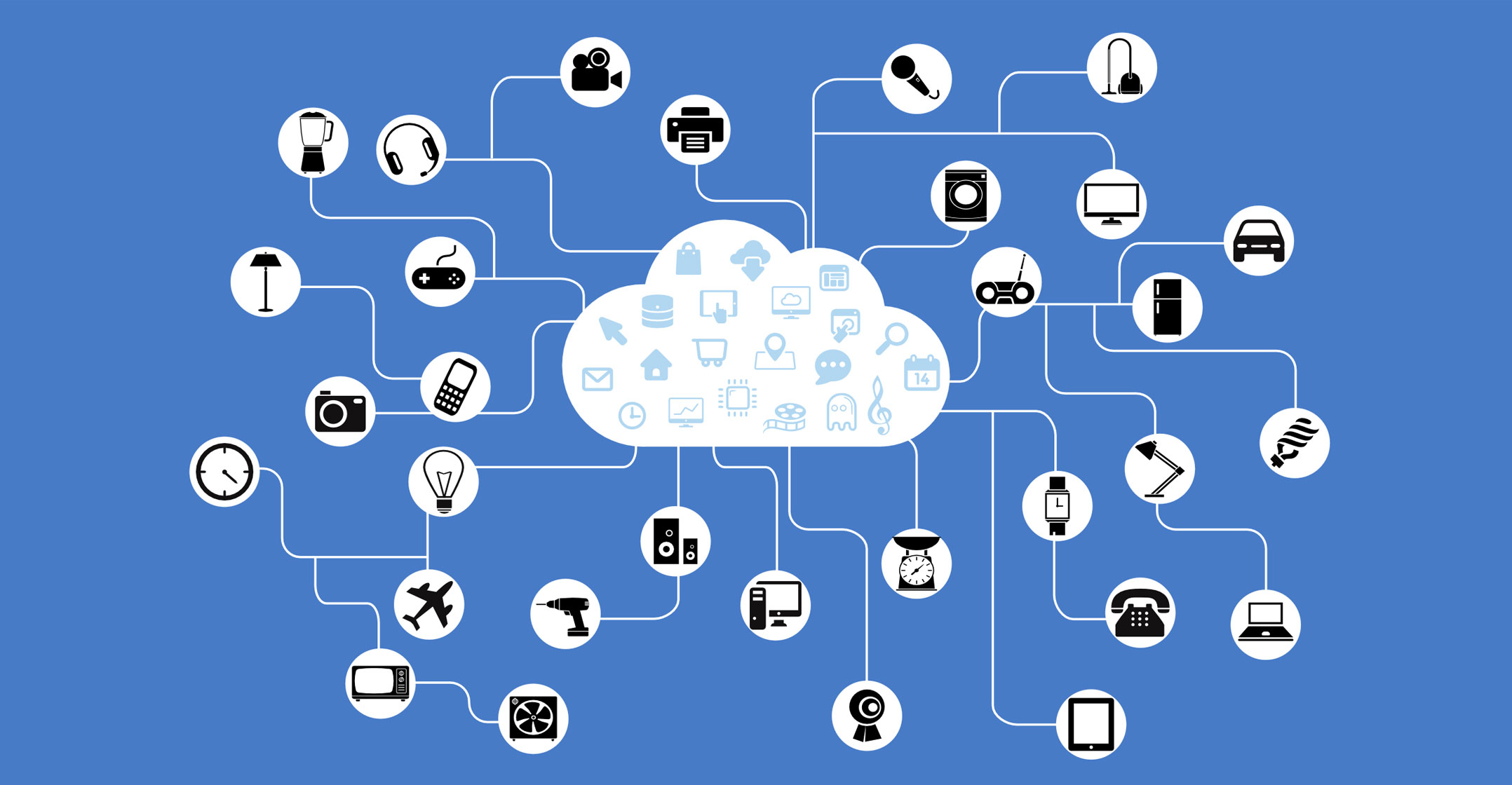 There have been numerous surveys taken in the last 12 months that predict a massive, if not exponential, rise in the number of Internet of things and industrial IoT devices in active use across all verticals.
There have been numerous surveys taken in the last 12 months that predict a massive, if not exponential, rise in the number of Internet of things and industrial IoT devices in active use across all verticals.
And as the potential for the technology becomes apparent, and vendors bring to market new standalone and after-market IoT additions to existing plant and facilities, now seems to be the time to take advantage of some of the clear business benefits the new technology brings.
However, over the marketing hype, operations managers, production professionals, and other industry experts are more than aware of the cold realities behind IIoT and IoT deployments. The technology simply isn’t in a place where solutions can be “dropped in” to suddenly boost manufacturing yields, lower operating costs and replace inefficient processes.
With the devil being very much in the detail, we’re looking at three of the main challenges facing IoT and IIoT deployment and expansion in today’s environment. Plus, we’re looking primarily at SUSE, one of the significant players that’s massively instrumental in supplying the technology that supports IIoT (and a significant presence already running a significant percentage of cloud services).
Technologists have a particular luxury in their use of technology: from an operational point of view, hardware can relatively painlessly be swapped out for the very newest, and software — from the operating system upwards — can be changed as many times as makes strategic sense, as often as weekly, in some cases.
Long life-cycles
In industry, however, equipment life-cycles are usually much longer, often lasting decades, with return on investment plotted for the medium to long term. That creates a consideration for industry professionals with respect to procurement in IoT environments.
Any technology placed onto existing facilities (such as after-market IIoT hardware and software to existing plant or facilities) must be broadly compatible with older technology. The issues surrounding operational technology and IT integration are complex, and are broad ranging, from specialist networking protocols to hardware compatibility. Here, SUSE’s integral and respected position in the open-source community means the backing of a wide-reaching and highly experienced user base and community. That ensures maximum backward (and forward) compatibility with other systems is all but 100% assured — the “open” in open-source means no single entity can ever fold support for a product that, to its owners, might be mission-critical.
Longevity
Compared to companies coming to market with proprietary solutions, the SUSE technology stack ensures any IIoT investment or facility that comes equipped with new IoT functionality has the type of long-term support for system infrastructure that backs SUSE’s enterprise-grade cloud services.
What’s often overlooked, furthermore, is the company’s investment in ensuring massive compatibility across hardware and systems that aren’t immediately recognisable in pure IT settings, like the data centre. Its work includes ensuring compatibility between low-power ARM processors and the rest of Linux and open source, and the development of JeOS (just enough operating system), a slimmed-down OS specifically for lightweight deployments on devices like IoT.
Work like those projects mean that the cost of ownership of even very advanced IIoT systems is appreciably less: lighter, customised operating systems with no unnecessary clutter consume less power, are cheaper to run, and offer platforms where every cent counts.
 Edge cases?
Edge cases?
As systems running IoT deployments get more powerful, many companies realise that much data processing is best done on-site, at the edge installation, rather than pushed to and from the cloud. We are in the early stages of a new form of computational model that takes advantage of the resources available in the connected world, including dense IoT deployments, 5G and local AI algorithms. Edge doesn’t replace the cloud’s processing power and capabilities but rather supplements it by sharing the workload in scenarios that are not well-suited for the cloud architecture.
In fact, discussions surrounding IoT tend to focus rather too much on the hardware, especially in IIoT: the issue that needs most emphasis is one of the data — its quantities, its transmission and what can be done to monetise it. Currently, systems help consolidate energy consumption right across sophisticated industrial facilities, measure soil quality to determine fertiliser requirements, and dozens more other, practical, and real issues that result in a better bottom line.
But as the capabilities of technology like artificial intelligence and 5G become more apparent, ensuring that the system that gathers and processes data are secure, interoperable and consistent is the best decision that can be made in the face of an unpredictable future. As AI algorithms are rolled out in edge installations, or machine-learning routines begin to predict machine maintenance cycles more accurately, the software will interface seamlessly with the IoT investment.
SUSE is already partnering with key hardware vendors for the IoT market and has a product portfolio that includes solutions for containers and other technologies that chime well with current DevOps practices. That means companies can invest in industry-standard skills, training and resources, safe in the knowledge that these can be used right across the enterprise; as relevant on the factory floor as they are in the data centre.
Practices like these are future-proofing the edge, and future-proofing the companies that choose their IT, operational technology and IIoT suppliers with care and consideration. SUSE has a vast portfolio of solutions targeting edge computing, from the modular OS and MicroOS to development productivity, SUSE Cloud Application, and platforms based on Cloud Foundry.
Start with SUSE
With interoperability, open standards, an ever-growing community of developers and technology that “just fits” with tech like SUSE’s Enterprise Server and DevOps continuous development strategies, the way to the IoT deployment of the future will be well-guided and supported by SUSE. And that’s a long-term commitment.
- This promoted content was paid for by the party concerned

